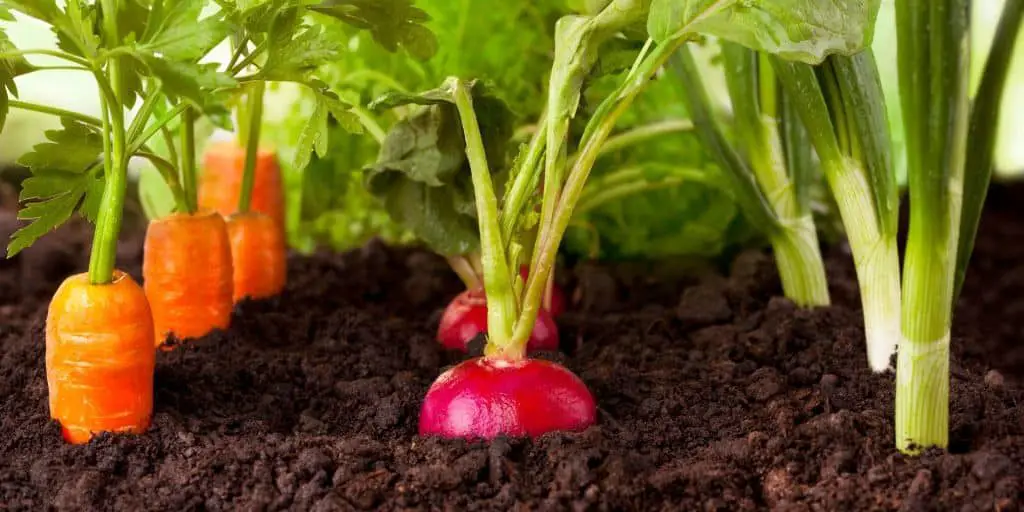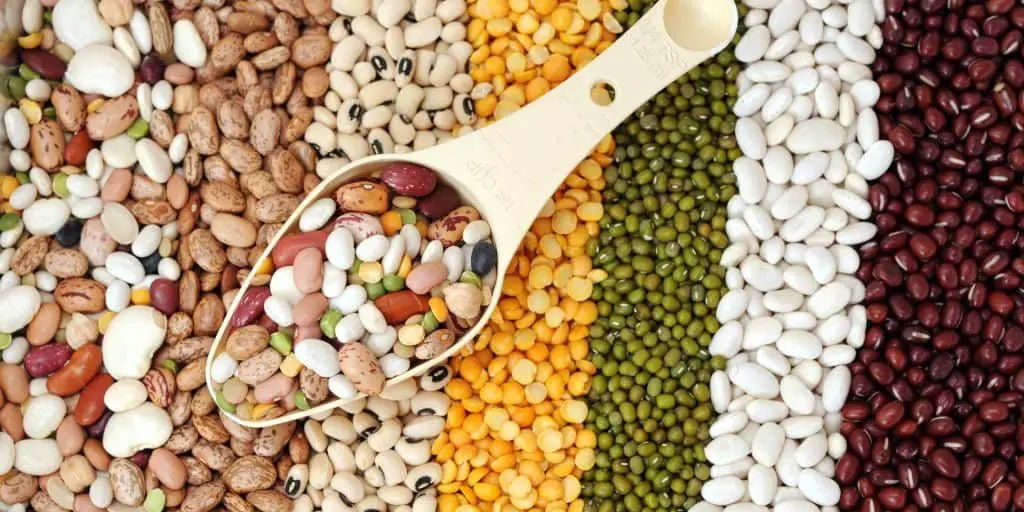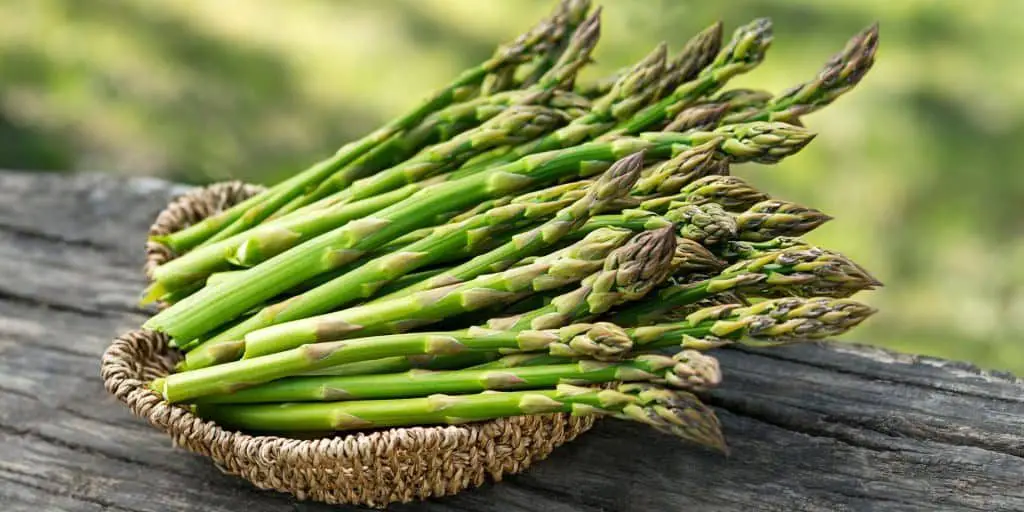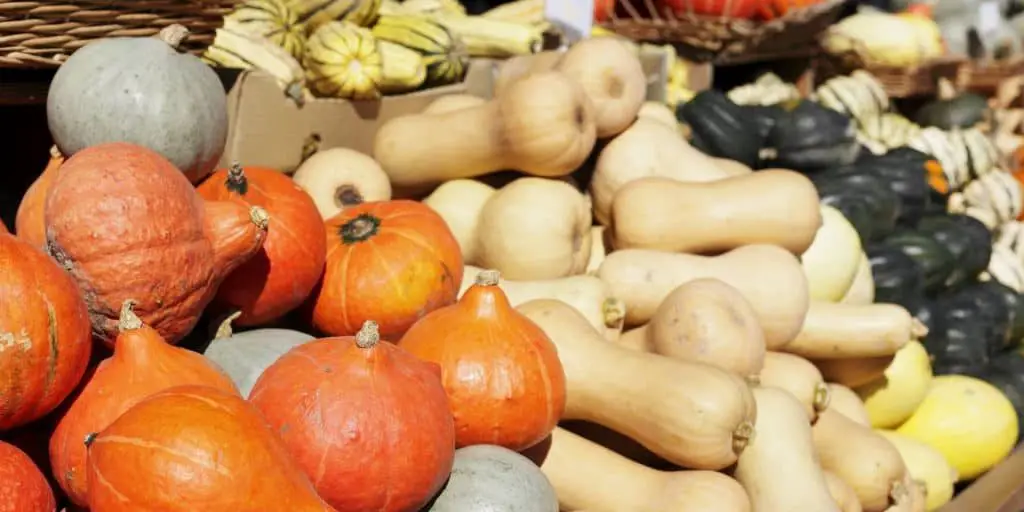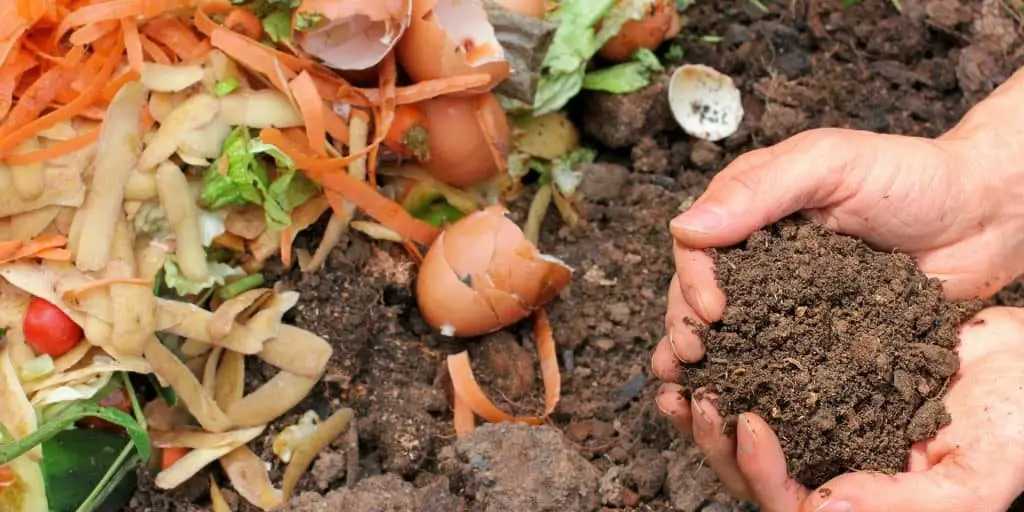
How to Apply Compost By Hand (The Easy Way)
Summer is coming to an end, but there’s one last thing to do for your garden before you hang up your tools for the season: learn to apply compost by hand!
Although your garden won’t be growing anything for the next few months (unless you follow some of our tips for fall planting and season extension), if you apply compost in fall you will end up with healthier, richer soil next spring.
Why Apply Compost By Hand?
After all, Rototillers were invented for a reason, right?
Well, yes–tilling machines were created as labor-saving devices for home gardeners. However, while they may save you some effort, they end up having detrimental effects on the garden soil they are meant to improve.
First of all, mechanical tilling kills beneficial insects like earthworms, and disturbs beneficial soil microbes. Earthworms are a widely recognized metric of soil health; the last thing you want to do is kill them off! And soil microbes are the main agents of decay in the soil–they use enzymes to break down organic matter into its constituent components. Microbes also play a major role in carbon sequestration in soil.
Secondly, the way that mechanical tillers churn the soil totally breaks up pre-existing soil structure. Soil structure is a blanket term for characteristics of the soil including porosity, water retention, and the texture of the actual dirt particles. These characteristics form in soil over time as organic matter decays and is incorporated into it; as insects tunnel through and re-shape the soil; and as plant roots grow in and through the soil.
Mechanical tilling can be helpful and appropriate in certain scenarios: if you are preparing a new planting area that is mostly clay or very hard, it will have little to no beneficial insects and soil structure anyway.
But if you already have a garden whose soil is reasonably rich and where you regularly see earthworms and other insects, you’re better off preserving what you have by avoiding the use of mechanical tillage.
So now we come to the main event: how to apply compost by hand–the easy way.
How to Add Compost By Hand to a Vegetable Garden
- Clear the Soil
Get things ready for the compost by removing big obstacles like garden art or large rocks.
Pull last season’s vegetable plants and annual flowers out of the soil. Knock loose any dirt held together by their roots, and chop the plant itself into smaller pieces. This will help it decay faster once you’ve turned it into the soil with your compost.
There are, however, a few vegetables that you should not dig in to your garden:
- Anything with obvious pest or disease infestations
- Tomatoes
- Potatoes
- Eggplant
- Peppers
Tomatoes, potatoes, eggplant, and peppers are all members of the nightshade family, which are very vulnerable to bacterial and soil borne diseases. Remove them from your garden and throw them away.
- Spread Compost
Drop your compost by the bag or bucketful on your garden beds. Then, use a rake to spread your compost in an even layer up to four inches thick over the beds.
In addition to the previous season’s plants, you can add other organic material from around your house:
- Coffee grounds
- Tea leaves
- Food scraps (not including meat, and not if you live in an area where bears, coyotes, or raccoons are regular visitors)
- Worm castings (earthworm manure from farmed red wrigglers–especially helpful for soils that are low in organic matter)
What’s the Best Type of Compost?
Like most things these days, there are a plethora of options when it comes to buying compost. You can find composted manure, mushroom compost, and worm castings all sold separately at garden centers and big box stores. However, you’ll also see bags labeled “garden soil” or “soil amendment,” which might confuse the issue.
Always check the ingredient list on the compost or soil amendment you’re interested in buying. It should contain most of these components:
- Composted animal manure
- Composted woody material (sometimes called “forest products”)
- Composted green manure (green plant material)
- Feather meal
- Blood meal
- Bone meal
If possible, purchase a compost that is organic. Not many soil brands are USDA Certified Organic, but oftentimes a quick Google search can help you determine if a brand is truly organic or just greenwashing.
- Spade It In
Once your compost is spread evenly over the garden surface, take a long-handled, spear-headed shovel. Work the compost into the soil by
Starting at one end of the garden bed, dig up a shovelful of soil six to eight inches deep. Then drop it right back into the hole, flipping the shovel as you do so that the compost that was on the surface is now at the bottom of the hole–more or less.
Continue this process with the rest of the bed, working your way up and down in rows. Remember that you don’t need to dig too deeply, and also to lift with your legs, not your back or arms. And you don’t have to finish it all in one day, either–if you need to, break it up into half-hour or one-hour sessions over the course of a few days.
- Mulch Over The Turned Earth
Finally, add a layer of mulch atop your turned earth. For a vegetable garden, avoid wood chips and use grass clippings or leaf litter instead. Put down a layer of mulch that is two to three inches deep.
Mulch will prevent erosion, hold moisture in the soil, attract earthworms, and help facilitate the breakdown of your compost into nutrients that will then be bioavailable to your vegetables in the spring. It also makes things look a bit nicer than just bare dirt!
How to Put Compost on an Established Landscape
If you want to add fertility to the soil where you have established shrubs, trees, and perennials, you can–and it’s actually even easier than spading compost into a vegetable garden.
- Spread Compost Around the Root Ball
For most shrubs and perennials, the roots extend between one and three feet beyond the trunk or stem. The larger the shrub, the farther out its root ball will be.
Trees have the largest root system of all, so spread compost between five and ten feet away from the trunk.
- Work the Compost In
Instead of a spade, use a garden rake or hand rake with sturdy tines to work the compost into the top few inches of soil. If your soil is particularly hard, wait for a rainy day to soften up the soil and then work it in.
- Apply Mulch
Perennials, shrubs, and trees all benefit from mulch in winter and fall. It insulates their roots from swings in temperature, attracts beneficials like earthworms to the soil, and helps with moisture retention.


